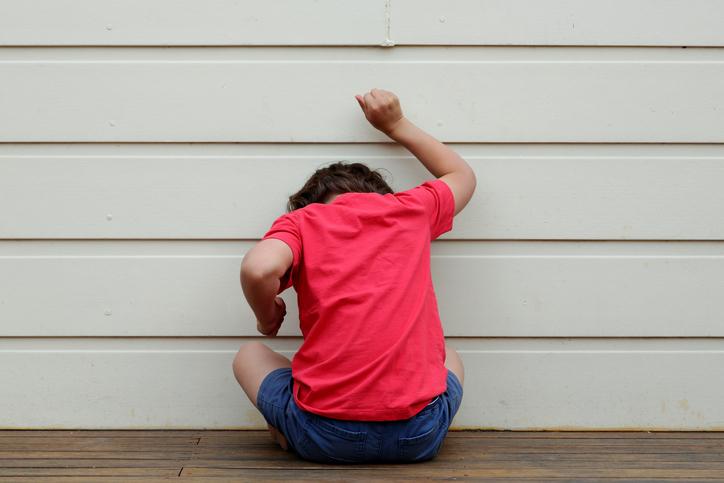Disruptive mood dysregulation disorder (DMDD) is a condition in which children or adolescents experience ongoing irritability, anger, and frequent, intense temper outbursts. The symptoms of DMDD go beyond a “bad mood.” DMDD symptoms are severe. Youth who have DMDD experience significant problems at home, at school, and often with peers. They also tend to have high rates of health care service use, hospitalization, and school suspension, and they are more likely to develop other mood disorders.
DMDD can be treated. If you are concerned that your child may have DMDD, talk to your child’s pediatrician or health care provider.
What are the signs and symptoms of DMDD?
Children or adolescents with DMDD experience:
• Severe temper outbursts (verbal or behavioral), on average, three or more times per week
• Outbursts and tantrums that have been ongoing for at least 12 months
• Chronically irritable or angry mood most of the day, nearly every day
• Trouble functioning due to irritability in more than one place (at home, at school, and with peers)
Youth with DMDD are diagnosed between the ages of 6 and 10. To be diagnosed with DMDD, a child must have experienced symptoms steadily for 12 or more months. Over time, as children grow and develop, the symptoms of DMDD may change. For example, an adolescent or young adult with DMDD may experience fewer tantrums, but they begin to exhibit symptoms of depression or anxiety. For these reasons, treatment may change over time, too. Children with DMDD may have trouble in school and experience difficulty maintaining healthy relationships with family or peers. They also may have a hard time in social settings or participating in activities such as team sports. If you think your child has DMDD, it is essential to seek a diagnosis and treatment.


How is DMDD diagnosed?
If you think your child may be experiencing symptoms of DMDD, talk to your child’s health care provider. Describe your child’s behavior, and report what you have observed and learned from talking with others, such as a teacher or school counselor. An evaluation by your child’s health care provider can help clarify problems that may be underlying your child’s behavior, and the provider may recommend the next steps.
You also can ask your health care provider for a referral to a mental health professional who has experience working with children and adolescents. DMDD symptoms also can occur at the same time as other disorders associated with irritability, such as attention-deficit/hyperactivity disorder (ADHD) or anxiety disorders. An accurate diagnosis is vital for effective treatment.
How is DMDD treated?
DMDD is a newly classified disorder, and few DMDD- specific treatment studies have been conducted to date. Current treatments are primarily based on research focused on other childhood disorders associated with irritability (such as anxiety and ADHD). Fortunately, many of these treatments also work for DMDD. NIMH is currently funding studies focused on further improving these treatments and identifying new treatments specifically for DMDD. It is important for parents or caregivers to work closely with their child’s doctor to make treatment decisions that are best for their child.
Treatment for DMDD generally includes certain types of psychotherapy (“talk therapy”) and sometimes medications. In many cases, psychotherapy is considered first, with medication added later. However, at times, providers recommend that children receive both psychotherapy and medication at the start of their treatment.

